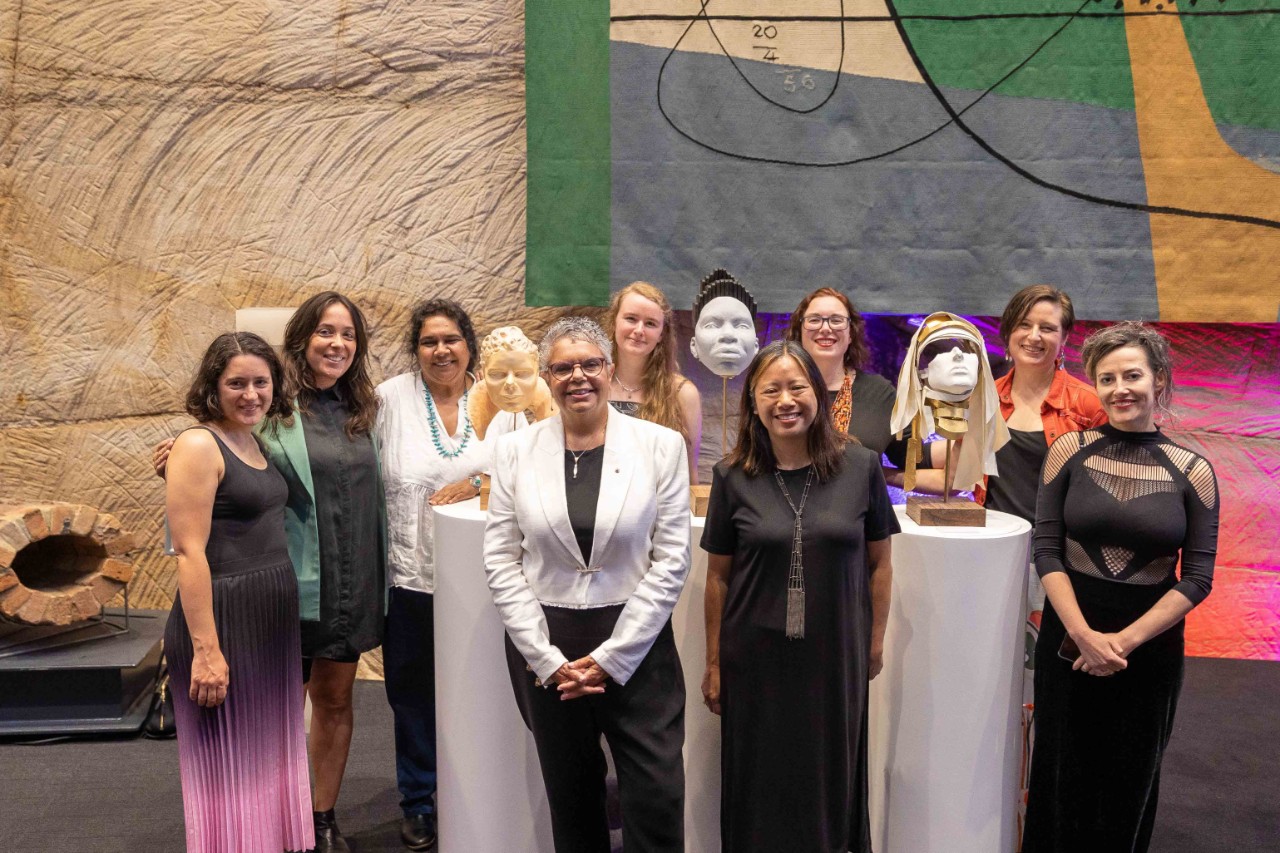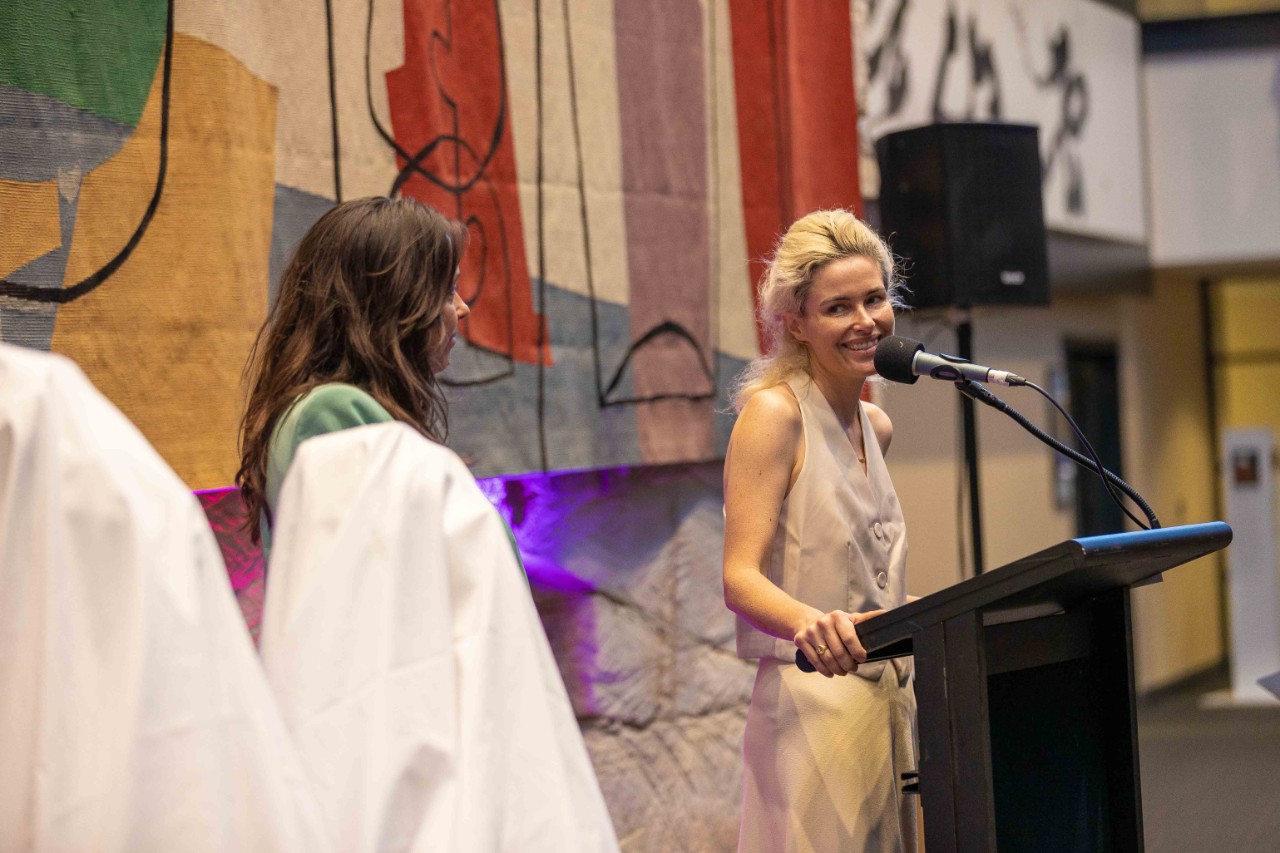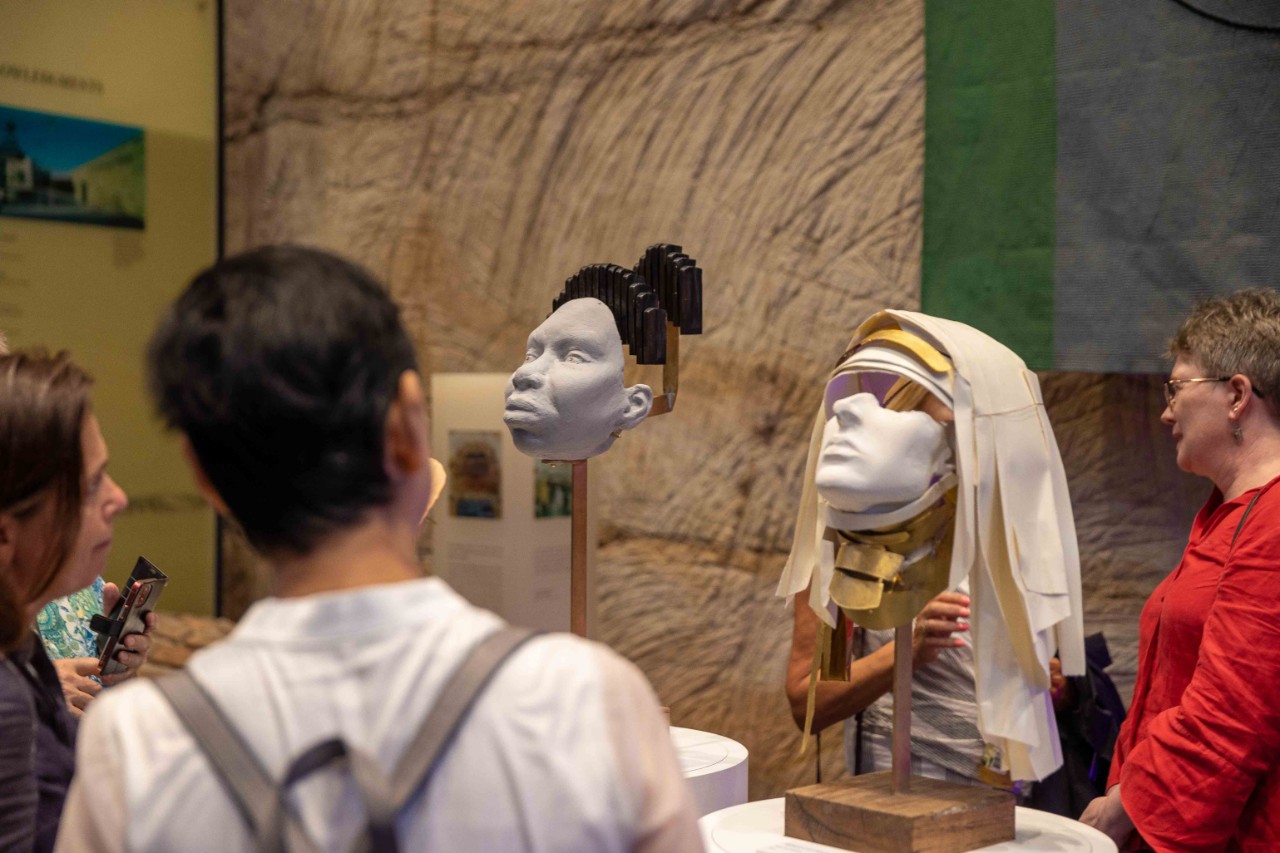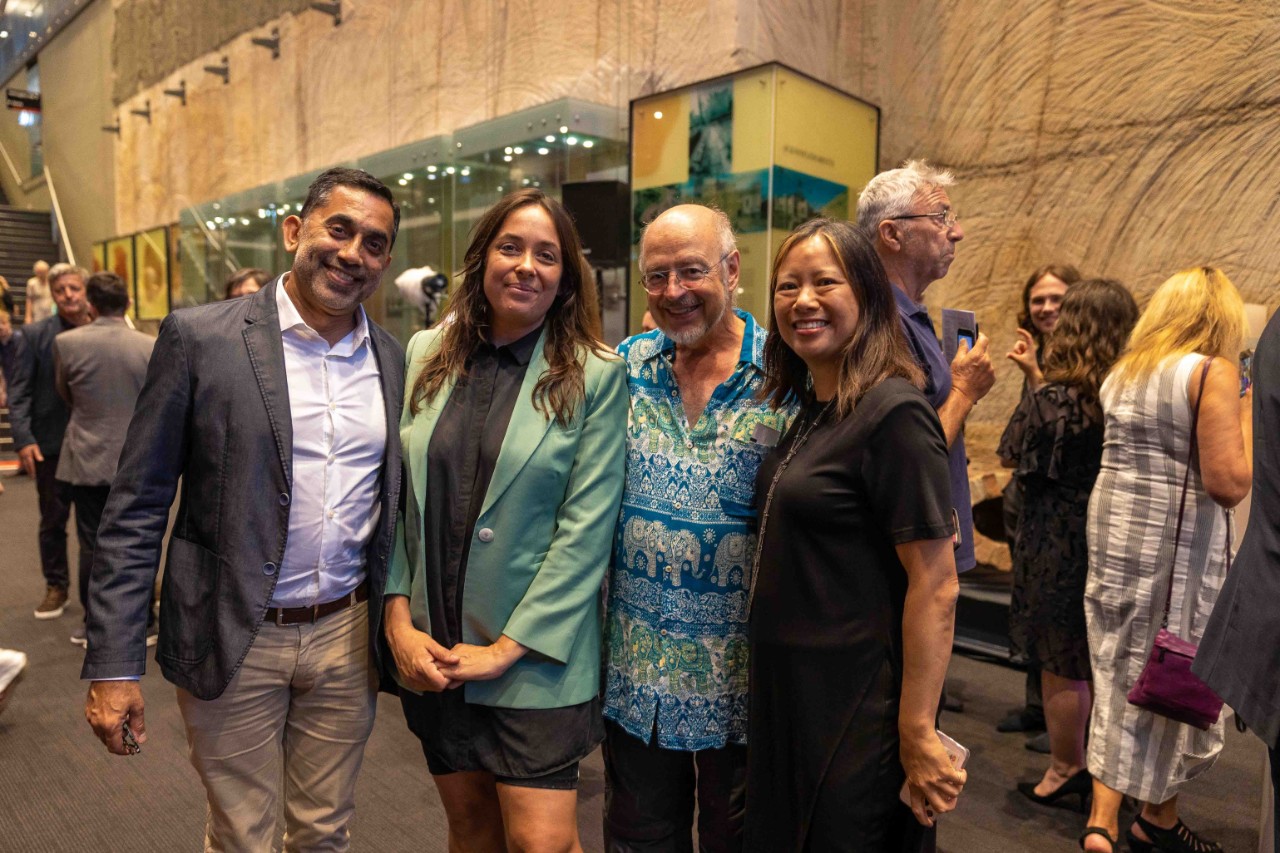Sculptures of three renowned female musicians on display
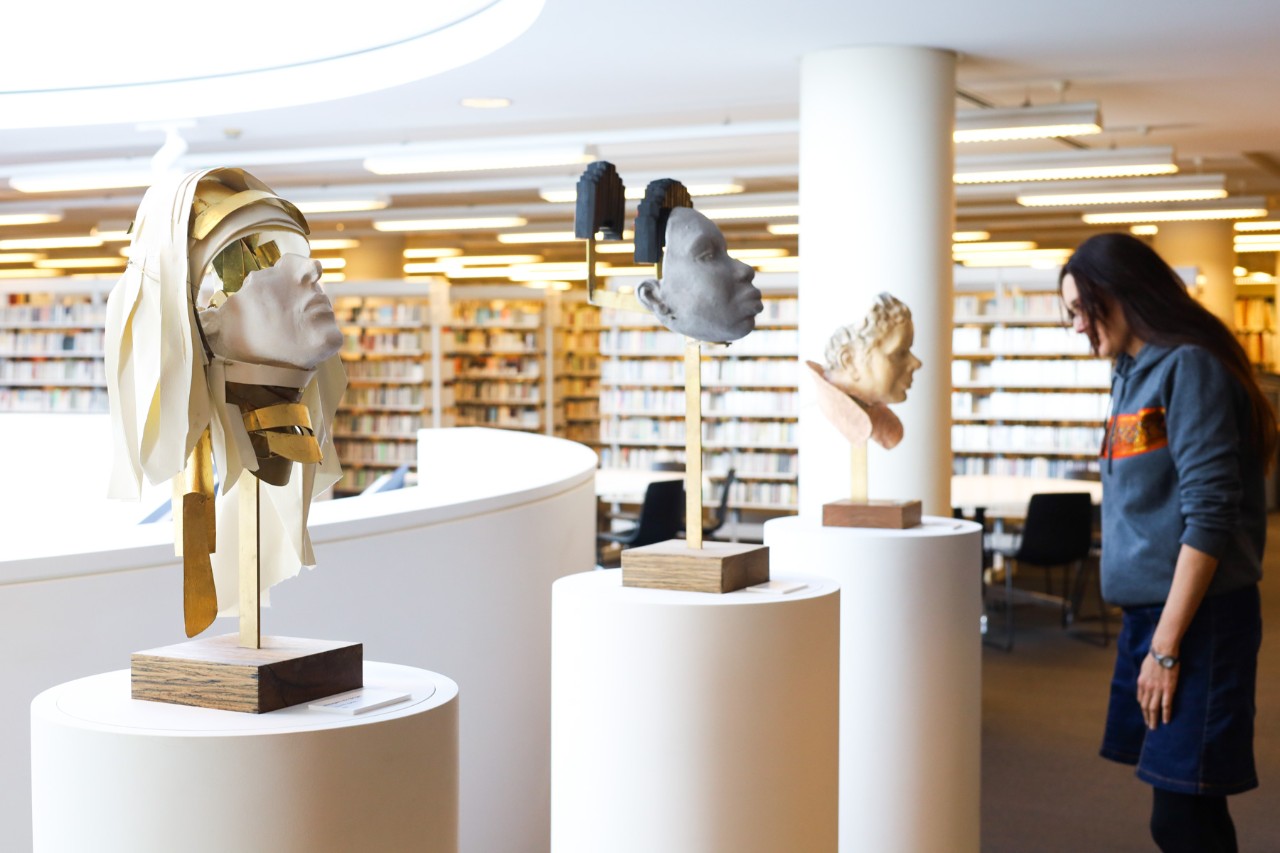
The sculptures of three renowned female musicians are now on display at the Sydney Conservatorium of Music. Made of ceramic, brass and other elements by Sydney-based artist Anna-Wili Highfield, the sculptures depict Deborah Cheetham Fraillon AO, Hildegard von Bingen and Nina Simone.
"We believe that diversity is essential to creativity and innovation, and we are proud to showcase the work of these inspiring women composers in our library," said Professor Anna Reid, Dean and Head of School, Sydney Conservatorium of Music.
The sculptures are located in the Library at the Sydney Conservatorium of Music, which is open to the public on Monday – Friday from 9am – 5pm.
Deborah Cheetham Fraillon AO b. Yuin Country (Nowra), 1964

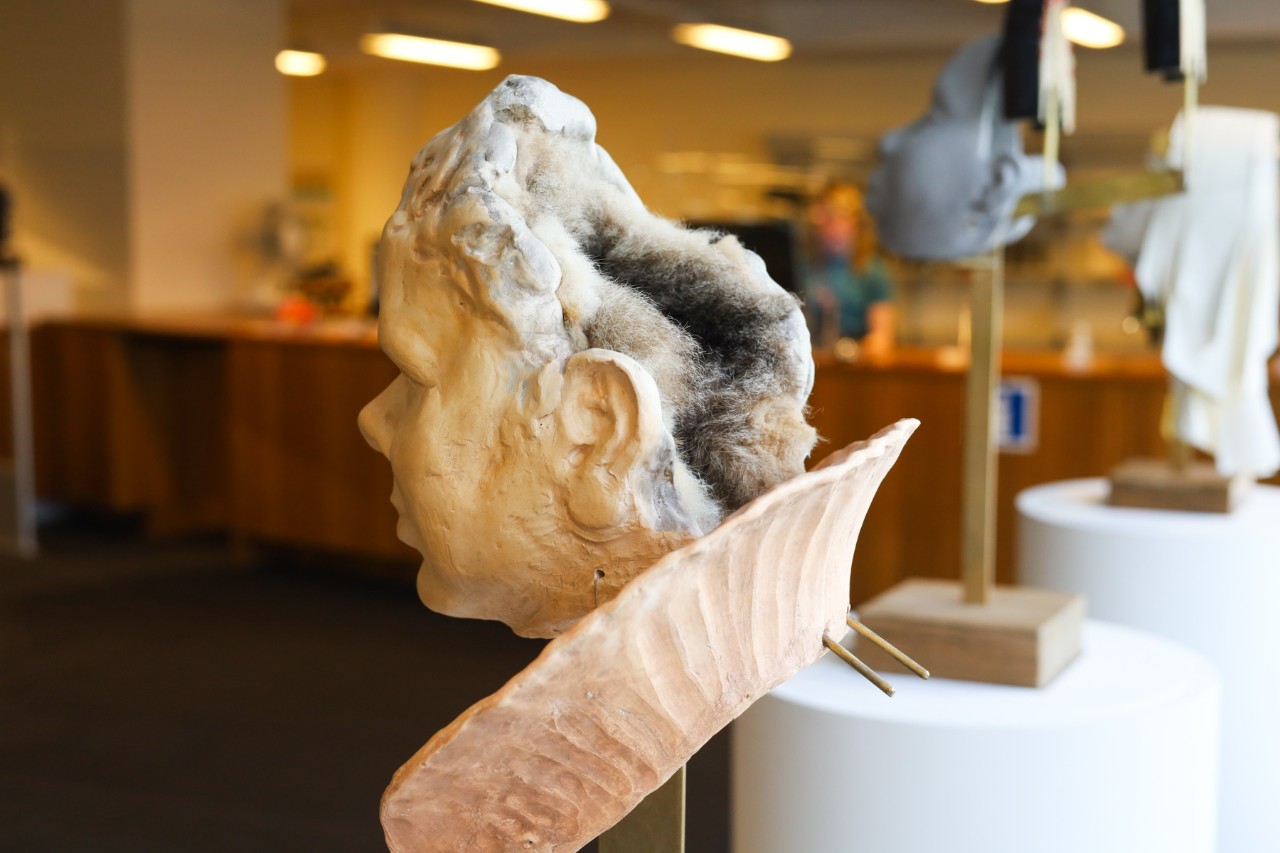
- 2
- 1
Deboarh Cheetham Fraillon AO describes herself as a “21st century urban woman who is Yorta Yorta by birth, stolen generation by government policy, soprano by diligence, composer by necessity and lesbian by practice.”
Professor Cheetham Fraillon is the inaugural Elizabeth Todd Chair of Vocal Studies, joining the Sydney Conservatorium of Music in 2023. A graduate of the Sydney Conservatorium, she has forged a dynamic and trail- blazing career as a multi award-winning composer, soprano, academic and activist.
Her operas, ballet and orchestral works have been commissioned by Australia’s major companies. She was appointed Composer in Residence with the Melbourne Symphony Orchestra in 2020 and First Nations Creative Chair in 2021.
Professor Cheetham Fraillon has established several flagship companies and projects devoted to the development of Indigenous voices in the performing arts. These include Short Black Opera, Dhungala Children’s Choir, One Day in January and Ensemble Dutala.
She is the first Indigenous composer in this country to write an opera, Pecan Summer (2010), and the first Indigenous person given the honour of ‘Chief of Parade’ at the Sydney Mardi Gras, leading the Dykes on Bikes in full leathers in 2006.
Her pioneering, innovative leadership and distinguished service in the arts was recognised with her appointment as an Officer of the Order of Australia (AO) in the 2014 Queen’s Birthday Honours.
Professor Cheetham Fraillon is the first subject of the three busts made by sculptor Anna-Wili Highfield. This bust was commissioned by the Composing Women group on the initiative of Bree van Reyk and presented to the University of Sydney Library in March 2021 in a gesture of ‘gift activism’.
Read more about Deboarh Cheetham Fraillon AO on ABC News and hear her music on ABC Classic.
Hildegard von Bingen (1098-1179)
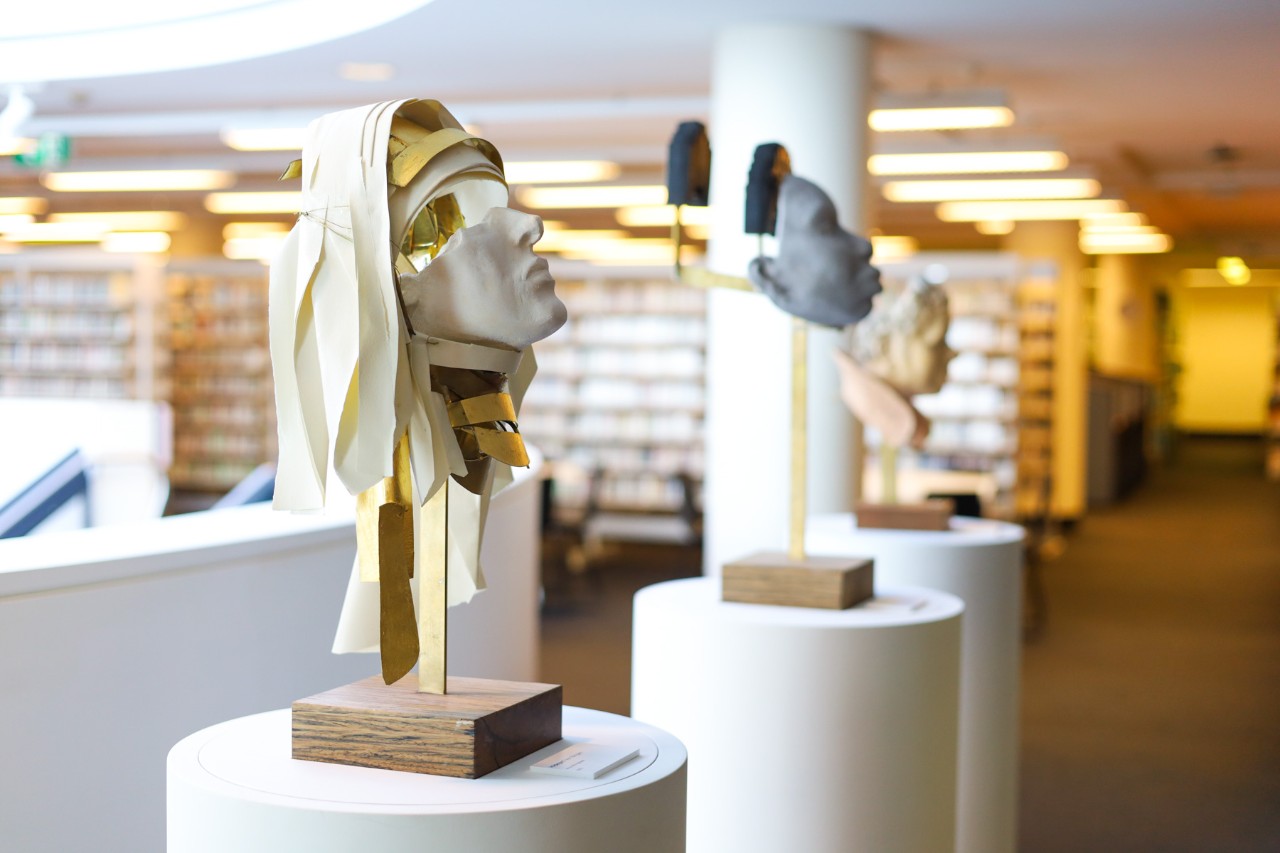
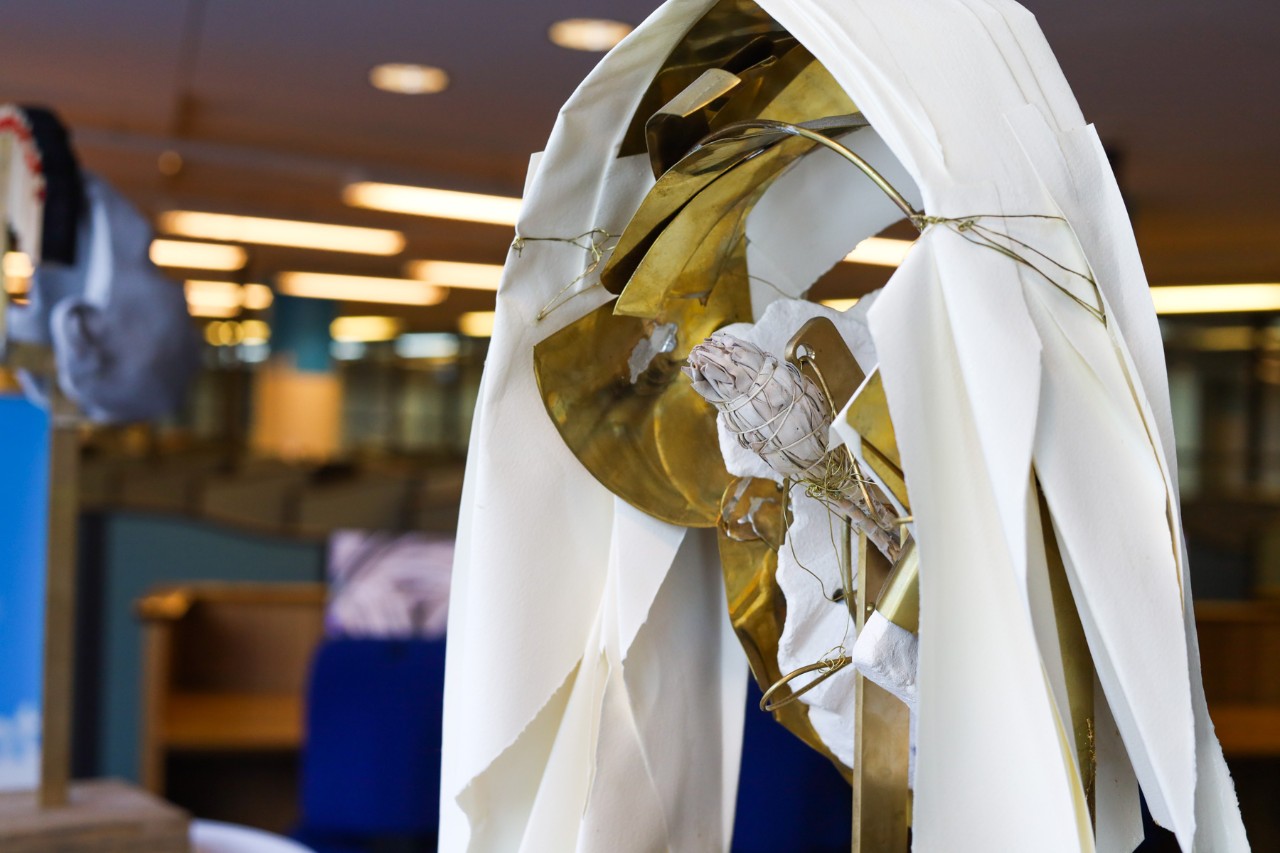
Hildegard von Bingen was a visionary 12th-century Benedictine abbess, visionary and polymath, who was chosen for this sculpture to reflect the legacy of women composers who were also nuns. She is one the first identifiable composers by name in the Western Art Music tradition.
Hildegard von Bingen’s accomplishments included her composition of Symphonia armonie celestium revelationum (a cycle of 77 sacred songs pushing the boundaries of Gregorian chant); three major volumes of writing: Scivias, Book of Life’s Merits and Book of Divine Works; a medical treatise Causes and Cures; a discourse on science and healing Physica; and a musical morality play Ordo Virtutum. Her legacy also includes hundreds of letters in correspondence with popes, emperors, and religious leaders.
"The contradiction that she represents—a woman presiding over the earliest stages of the male-dominated Western canon—has had a galvanic effect on contemporary female composers, who see in her the shape of sound to come." – Alex Ross, The New Yorker
She is also known for her invented language Lingua Ignota or ‘Unknown Tongue’ which she used in her writing and compositions.
This artwork was commissioned by the University of Sydney Library on the advice of Composing Women.
Nina Simone (1933-2003)
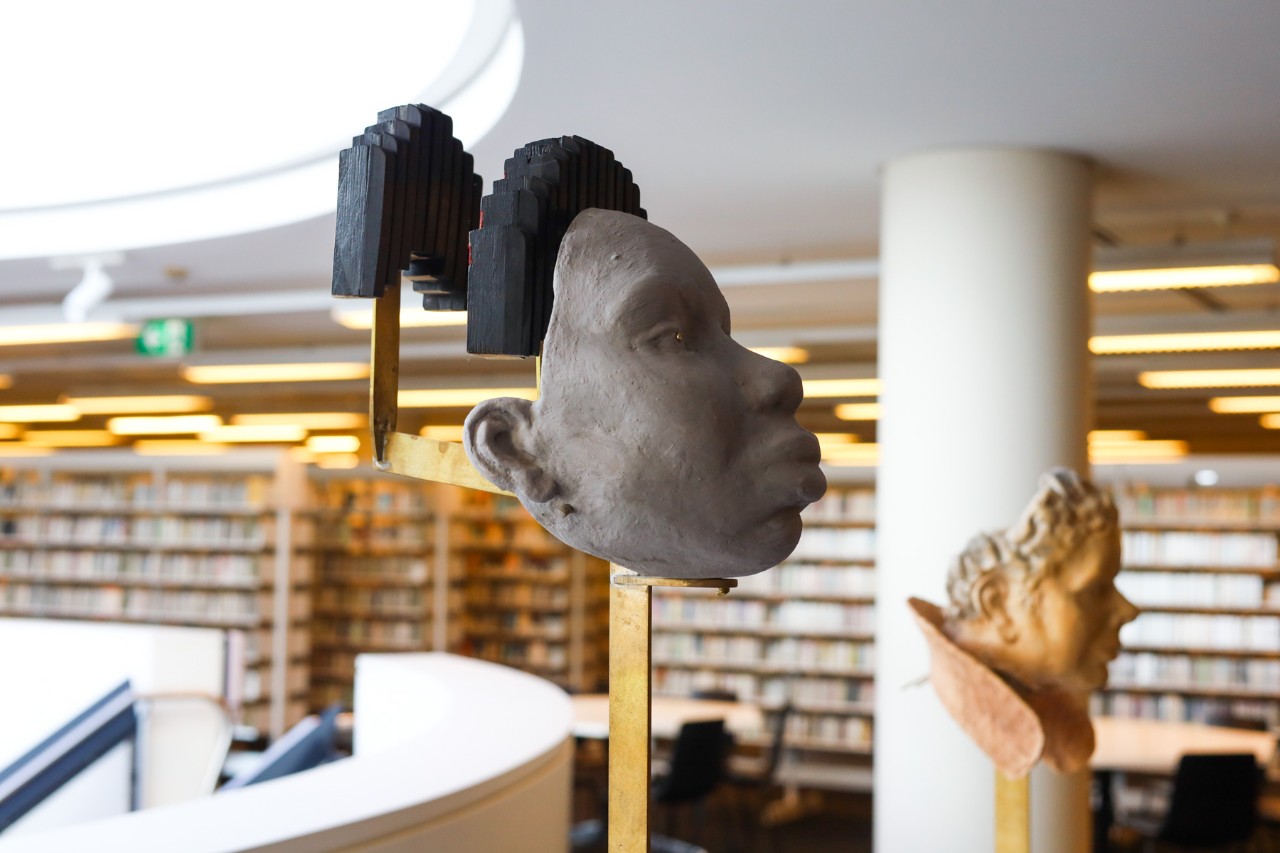
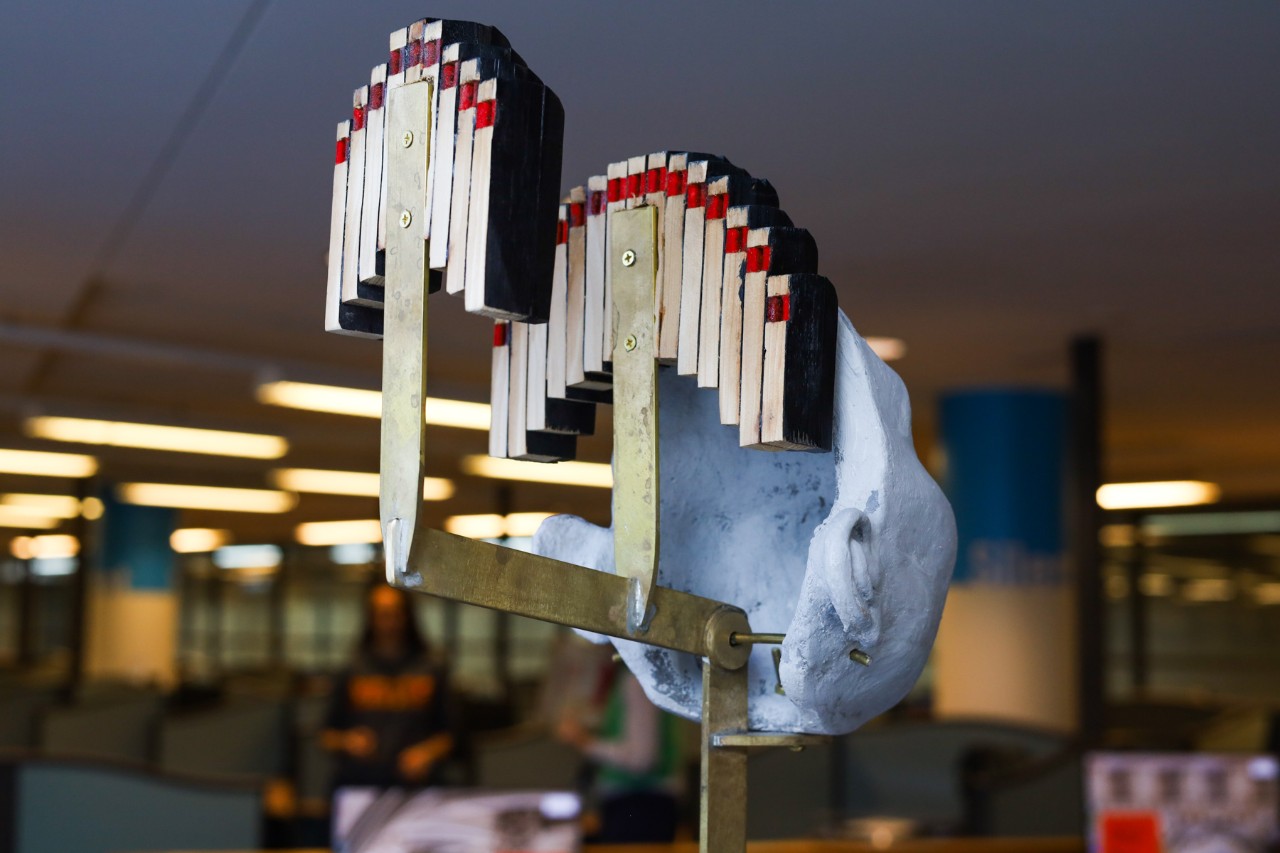
Nina Simone (born Eunice Kathleen Waymon) is one of the most extraordinary and iconic artists of the twentieth century – she was a singer, pianist, songwriter and civil rights activist.
Simone released the quintessential protest song Mississippi Goddam in 1964 in reaction to the bombing of the Sixteenth Street Baptist Church in Birmingham, Alabama and the assassination of civil rights leader Medgar Evers. Other classic releases included My Baby Just Cares for Me; I Wish I Knew How it Would Feel to be Free; Sinnerman; I Put a Spell on You; Feeling Good; Four Women; I Ain’t Got No/ I Got Life; To Be Young, Gifted and Black and Baltimore. Simone published her autobiography, I Put a Spell on You in 1991. She said ‘an artist’s duty is to reflect the times’ and famously, ‘I’ll tell you what freedom is to me: no fear’.
Simone took up the classical piano at the age of 6 and specialised in playing the works of J.S. Bach. She earned a scholarship for a one-year program at the Juilliard School in New York. She also auditioned for the Curtis Institute of Music who denied her admission which she later understood to be due to racism. The Institute later awarded her an Honorary Doctorate in music and humanities in 2003 (two days before her death).
In 2008, Rolling Stone named Simone to its list of the 100 Greatest Singers of All Time, and, in 2018, Simone was inducted into the Rock & Roll Hall of Fame.
Commissioned by the University of Sydney Library on the advice of Composing Women.
Launch event
These three busts were unveiled in May 2023 at an event at the Sydney Conservatorium of Music. Read more about this event: Sydney Con unveils busts of women composers to inspire students.
All Photos by Stefanie Zingsheim and Elissa Blake/University of Sydney.
